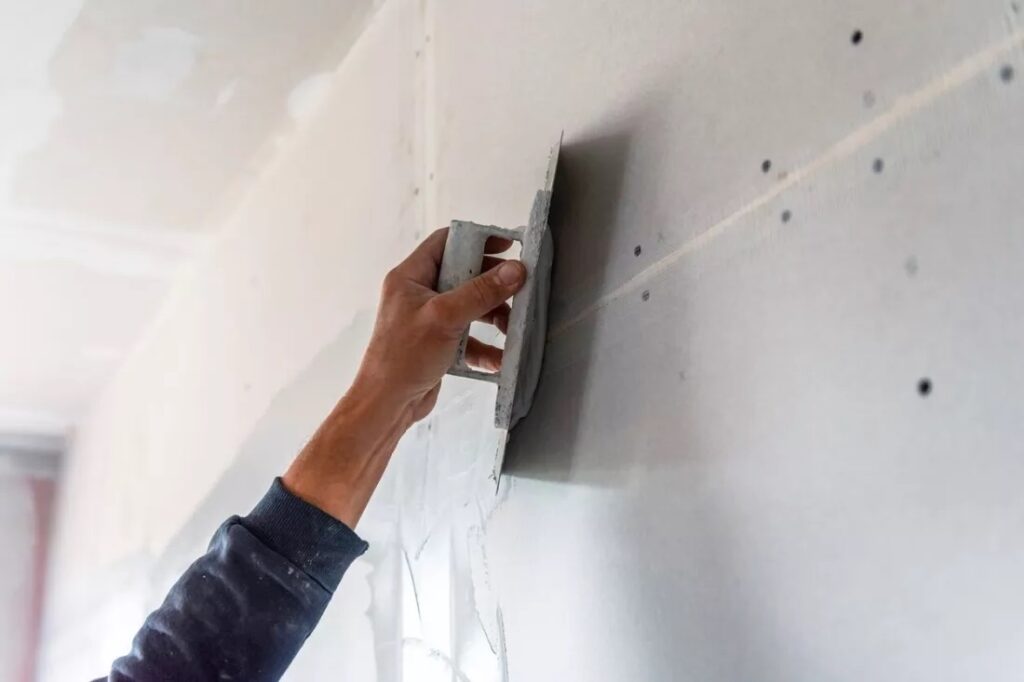Chinese architecture has a rich history that stretches back thousands of years. Known for its elegance, intricacy, and deep-rooted symbolism, it has continually influenced design philosophies around the globe. In recent times, this influence has become evident in the world of plaster ceiling designs. Here’s an exploration of how Chinese architectural principles are shaping modern plaster ceiling aesthetics:

- Symmetry and Balance
A key characteristic of traditional Chinese architecture is its emphasis on symmetry and balance, reflecting the cultural importance of harmony. This principle is making its way into modern plaster ceiling designs. Installations often feature symmetrical patterns or motifs, resulting in designs that feel balanced and cohesive, promoting a sense of tranquility and peace in the space.
- Use of Geometric Patterns
Chinese architecture frequently incorporates intricate geometric patterns, seen in the lattice works of windows, doors, and screens. These patterns are now often replicated in plaster ceiling designs, adding a level of complexity and beauty that draws the eye upwards. The designs can range from simple squares and circles to more complex polygons, resulting in a unique aesthetic appeal.
- Symbolism and Motifs
Symbolism is heavily embedded in Chinese architecture, with different motifs carrying various meanings. This trend has transitioned into plaster ceiling designs, with designers incorporating significant symbols into their works. For example, the use of motifs such as dragons for power and good luck, or lotus flowers for purity and enlightenment, adds a layer of cultural significance to the design.
- Layering and Depth
The layered roof structures in traditional Chinese architecture create a sense of depth and grandeur. In a similar vein, modern plaster ceiling designs often incorporate different levels and layers to create depth and interest, enhancing the three-dimensional feel of the space.
- Fusion of Tradition and Modernity
Perhaps the most significant influence of Chinese architecture on modern plaster ceiling designs is the successful fusion of traditional elements with contemporary style. Designers are borrowing motifs, patterns, and principles from ancient architecture and infusing them into modern design schemes. This blend creates a unique aesthetic that honors cultural heritage while maintaining a contemporary appeal.
Chinese architectural influence on plaster ceiling designs has provided a new dimension of aesthetic value and cultural depth. As a leader in plaster ceiling services, JT Plaster Ceiling understands the value of incorporating diverse architectural influences into our work. They draw inspiration from a variety of sources, including the rich tradition of Chinese architecture, to provide ceiling designs that not only enhance the beauty of your space but also tell a captivating visual story.